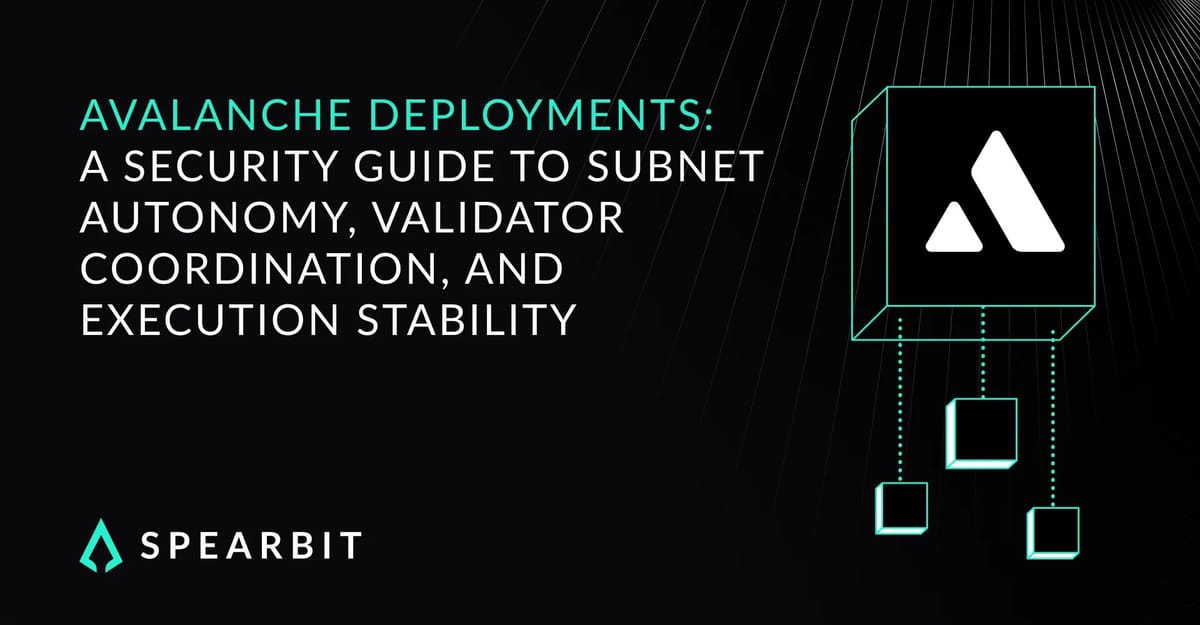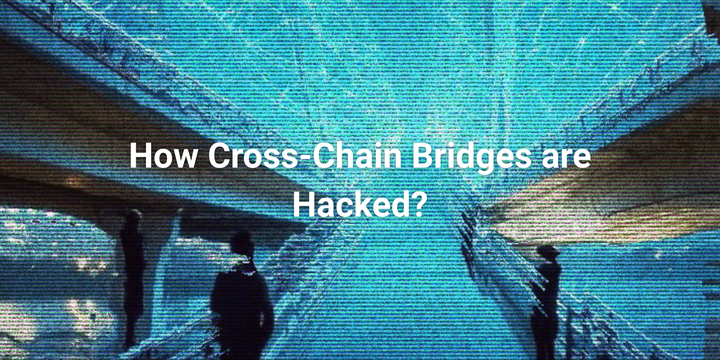Avalanche Security & Subnet Resilience: Essential Guide for Robust Deployments

Source: Avalanche Deployments: Security and Subnet Resilience – Cantina
Avalanche’s modular blockchain architecture empowers projects to create custom subnets – independent chains with their own validator sets and governance rules. This flexibility delivers performance and sovereignty benefits but also brings new security and operational challenges. Here’s a clear overview for developers, project founders, and security teams building on Avalanche.
Core Architecture Overview
Avalanche consists of three fundamental chains:
- X Chain: Handles asset transfers.
- P Chain: Coordinates staking and validators.
- C Chain: Runs Ethereum-compatible smart contracts.
Custom subnets run alongside these chains and can set their own execution rules, validator groups, and governance. Unlike traditional monolithic blockchains, subnet operators must actively manage validator coordination, governance, infrastructure, and upgrades.
Validator Coordination & Economic Incentives
Subnet validators must:
- Comply with mainnet and subnet-specific rules.
- Maintain high uptime and diverse participation.
- Align incentives via tailored reward and slashing rules.
Weak or poorly incentivized validator groups risk transaction censorship and network instability under load.
Governance and Upgrade Management
Governance varies depending on the subnet setup:
- Some use fixed validator sets.
- Others implement DAO-like voting or proposals.
Effective governance ensures:
- Clear decision-making paths.
- Defined voting thresholds and quorums.
- Formal upgrade and rollback mechanisms with observation periods.
These safeguards help avoid unexpected software failures during upgrades.
Bridges, Messaging & Cross-Chain Security
Cross-chain communication relies heavily on:
- Validator honesty.
- Correct signature aggregation.
- Replay attack prevention.
- Timely finality confirmations.
Subnets should verify incoming messages’ origin, timestamps, and order rigorously. If bridges or validators lack audits, fallback verification layers increase trustworthiness.
Node Security and Operational Discipline
Validator nodes are critical assets. Best practices include:
- Using hardware security modules (HSMs) or remote signers for key isolation.
- Disabling unauthenticated RPC endpoints.
- Securing peer-to-peer communications with encryption.
- Continuous performance and health monitoring.
Misconfigurations can lead to outages or vulnerabilities impacting subnet performance.
Slashing, Incentives & Monitoring
Subnet-specific slashing policies vary:
- Some enforce penalties for downtime or misbehavior.
- Others rely solely on reward mechanisms.
Clear enforcement rules combined with transparent monitoring improve validator reliability and network security.
State Management & Scalability
Long-term storage strategies help maintain performance:
- Regular state snapshotting.
- Archiving older blocks.
- Efficient serialization techniques.
Custom virtual machines may require tailored data management to handle persistent state and historical records effectively.
Consensus Stability Under Stress
Avalanche’s consensus offers probabilistic finality, requiring a majority of honest validators to agree on transactions. Adversarial control or network delays can threaten safety or finality, especially during validator turnover or outages. Builders should carefully model such scenarios to reinforce resilience.
Engineering Recommendations for Robust Subnets
Developers should:
- Harden node infrastructure and enforce secure execution environments.
- Define slashing and reward schedules to promote desired behaviors.
- Monitor consensus metrics and detect anomalies early.
- Review and test bridge security thoroughly.
- Govern software versions and upgrades carefully, including rollback plans.
- Utilize external telemetry for uptime, latency, and transaction flow.
- Simulate edge cases on testnets or forks to validate system behavior under stress.
How Spearbit Supports Avalanche Teams
Spearbit provides specialized security services tailored to Avalanche’s modular model:
- Formal consensus modeling.
- Node security and signing infrastructure audits.
- Bridge logic and message verification reviews.
- Governance flow and upgrade path assessments.
- Incident preparedness and adversarial behavior simulations.
They assist architects, engineers, and teams seeking reliable deployment and ongoing operational clarity.
Final Thoughts
Avalanche’s flexibility unlocks vast opportunities across DeFi, gaming, and enterprise sectors. However, securing these innovations demands careful validator coordination, governance discipline, infrastructure security, and consensus integrity. Projects that prioritize these aspects strengthen trust and reduce risk in their subnet deployments.
For tailored assistance in building secure Avalanche subnets, expert partnerships like Spearbit’s can provide vital guidance from design through long-term operation.


